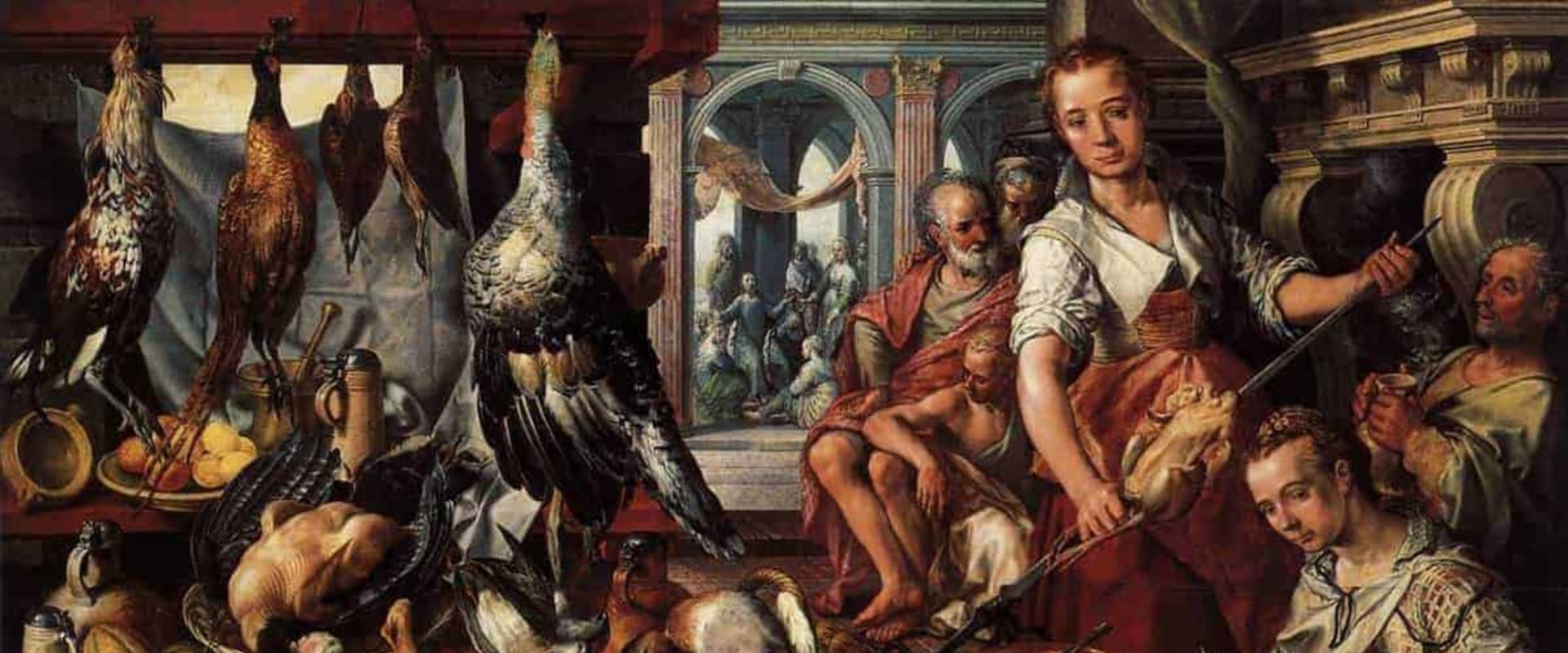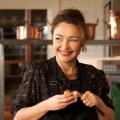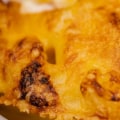Haute cuisine, translated from French as haute cuisine, was invented in France by George Augustine Escoffier in the mid-19th century. This kitchen is characterized by an elegant presentation with meticulous attention to detail and a rigorous search for quality ingredients and techniques. The techniques of haute cuisine, and the preparation time involved, made this style difficult for home chefs to handle, even in elegant French kitchens. Haute cuisine differed from normal French cuisine by what it was cooked and served, by obtaining top quality ingredients, such as fruit out of season, and by using ingredients that are not usually found in France.
For this reason, primitive haute cuisine was accessible to a small demographic group of rich and powerful people. However, within 20 years, chefs began to return to the previous style of haute cuisine, although many of the new techniques remained. Haute cuisine is influenced by French cuisine, with elaborate preparations and presentations, which serves small and multiple dishes prepared by a hierarchical kitchen staff, historically in large restaurants and hotels in Europe. In its time, it was considered the pinnacle of haute cuisine and was a different style from bourgeois cuisine (the cuisine of wealthy city dwellers), working-class cuisine in bars and homes, and the cuisine of the French provinces.
While a haute cuisine menu would include sauces for numerous dishes, including vegetables and main courses, nouvelle cuisine would tend to avoid the unnecessary heaviness that fats, sugars, starches and salt add to dishes. Haute cuisine was developed to please the most demanding palates with a tasty meal, and a lot of it. This “assembly line” approach to building plates filled with glorious food may have been inspired by Henry Ford; its introduction to professional kitchens significantly reduced waiting times and allowed commercial establishments to turn the tables and, therefore, make more profits, without affecting the quality of this haute cuisine. During the 20th century, and in particular in the years after World War II, French haute cuisine (haute cuisine, that is, foods with the highest standards) was considered the ultimate in exquisite culinary experiences.
Professional chefs were not only responsible for creating and shaping haute cuisine, but their role in the kitchen was what set it apart from regular French cuisine. This controversy was designed to make French chefs abandon their unconditional devotion to the traditions of haute cuisine. He promoted restaurants and chefs across France that broke the rules of haute cuisine and presented foods without heavy sauces in aesthetically pleasing arrangements. Georges Auguste Escoffier was a central figure in the modernization of haute cuisine starting in 1900, which became known as cuisine classique.
And the great restaurants and chefs of French haute cuisine began to adapt their dishes — and their way of thinking — to the times. Nouvelle cuisine was a movement towards conceptualism and minimalism and was a direct juxtaposition with previous haute cuisine styles, which were much more extravagant.




Leave Reply